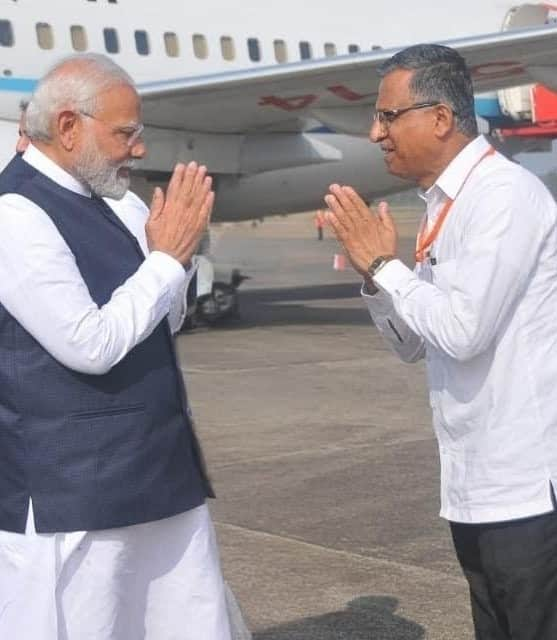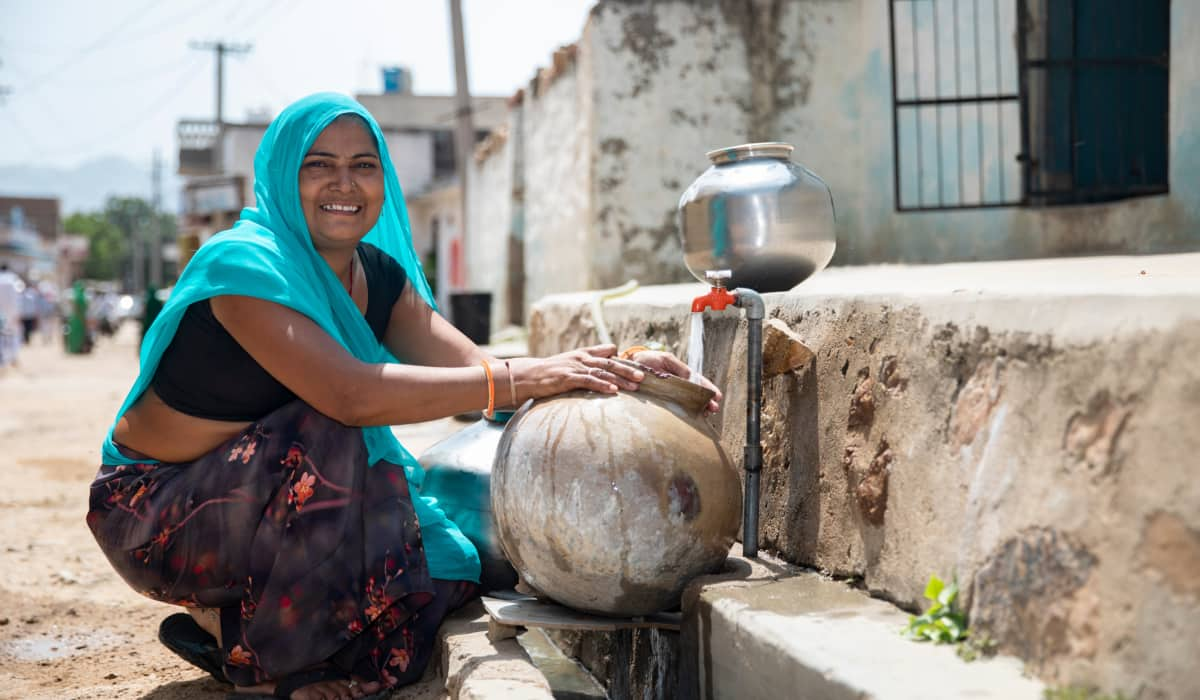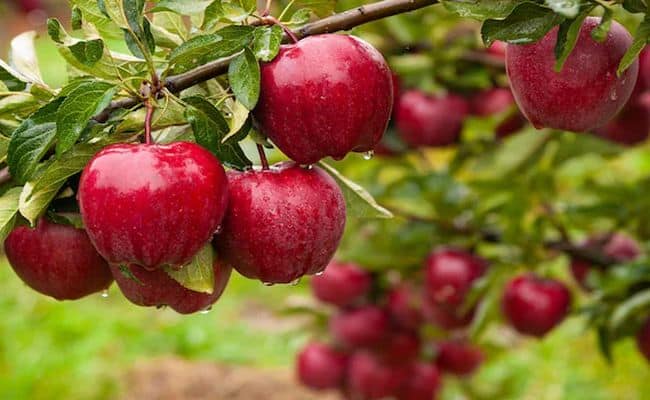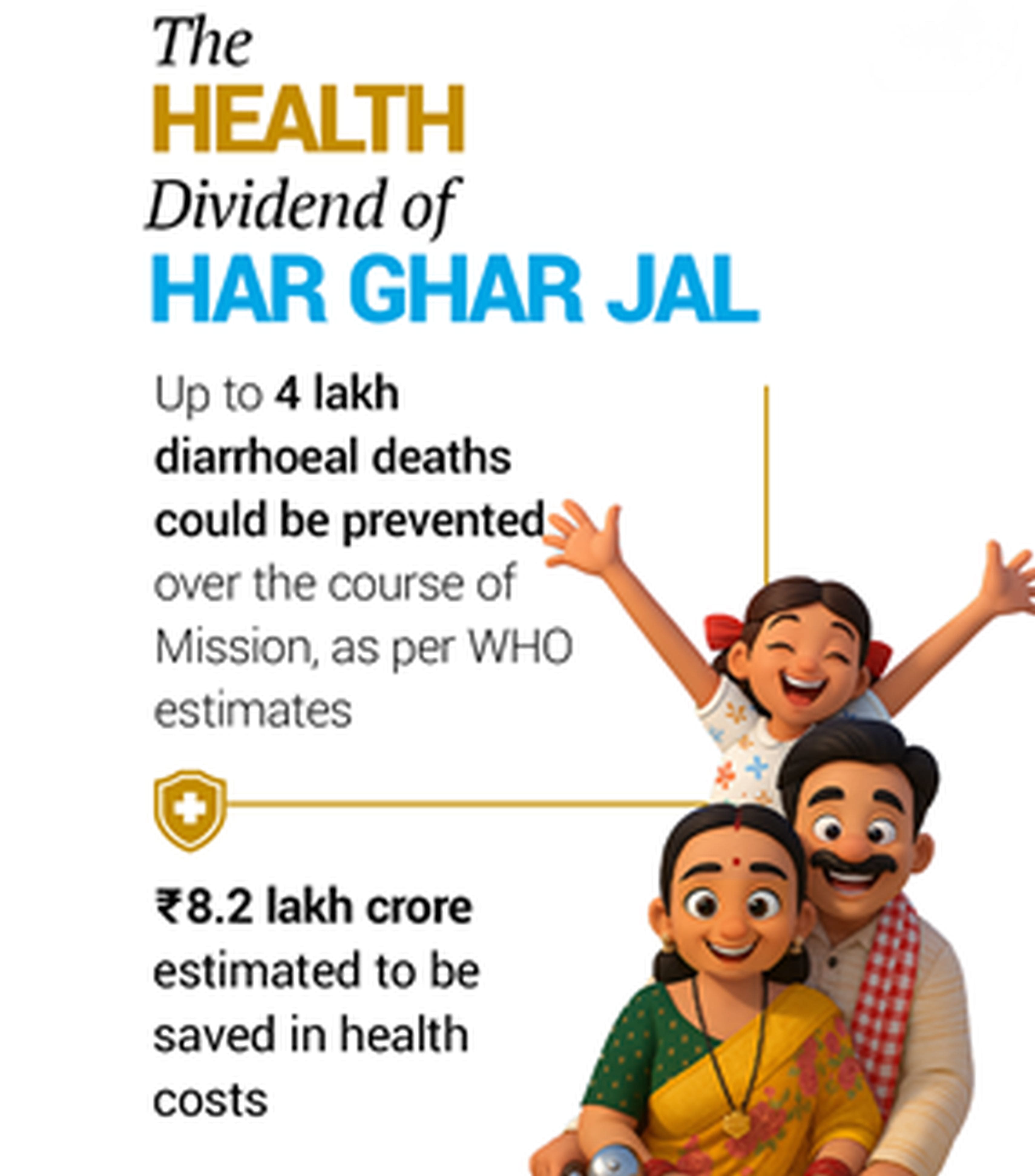‘It's my destiny to serve Maa Ganga’ said PM Modi when he was elected in May 2014 to Parliament from Varanasi, situated on the banks of Ganga in Uttar Pradesh.
The River Ganga is important not only for its cultural and spiritual significance but also because it hosts more than 40% of the country’s population. Addressing the Indian community at Madison Square Garden in New York in 2014, the Prime Minister had said, “If we are able to clean it, it will be a huge help for the 40 per cent population of the country. So, cleaning the Ganges is also an economic agenda.”
To translate this vision, the Government launched an integrated Ganga conservation mission called ‘Namami Gange’ to arrest the pollution of Ganga River and revive the river. The Union Cabinet approved the action plan proposed by Centre to spend Rs 20,000 Crores till 2019-2020 on cleaning the river, increasing the budget by four-fold and with 100% central share – a central sector scheme.
Recognizing the multi-sectoral, multi-dimensional and multi-stakeholder nature of the Ganga Rejuvenation challenge, efforts have been made to improve the inter-ministerial, and centre-state coordination with increased involvement in preparation of action plan and increased monitoring at central and state levels.
The implementation of the program has been divided into entry-level activities (for immediate visible impact), medium term activities (to be implemented within 5 years of time frame), and, long-term activities (to be implemented within 10 years).
Entry-level activities includes river surface cleaning to address the floating solid wastes; rural sanitation to arrest the pollution (solid & liquid) entering through rural sewage drains and construction of toilets; renovation, modernization, & construction of crematoria that prevents the disposal of un-burnt/ partially burnt bodies in the river; repair, modernization & construction of ghats to improvise the human-river connect.
Medium-term activities will focus on arresting the municipal and industrial pollution entering into the river. To address the pollution through municipal sewage, 2500 MLD additional treatment capacity is to be created in next 5 years. Major financial reforms are underway to make the program efficient, accountable, and sustainable in the long term. Hybrid Annuity based Public Private Partnership model for project implementation is currently being considered by the Cabinet. If approved, Special Purpose Vehicle will manage concessionaires in all major cities, market will be developed for treated water, and long term sustainability of assets will be assured.
For managing the industrial pollution, efforts have been initiated to improvise the compliance through better enforcement. Grossly Polluting Industries located along Ganga have been directed to reduce the effluent quality & volume or implement zero-liquid discharge. Action plan for the implementation of these directions by Pollution Control Boards are already prepared and timelines have been assigned for each category of industry with detailed consultations. All the industries have to install real-time on-line effluent monitoring stations.
Apart from these activities, biodiversity conservation, afforestation, and water quality monitoring are also being taken up under the program. Programmes for conservation of key iconic species such as Golden Mahaseer, Dolphins, Ghariyals, Turtles, Otters, etc. have been already initiated. Similarly, under ‘NamamiGange’ 30,000 hectares of land will be afforested for increased recharge of the aquifers, reduced erosion, and improved health of river ecosystem. The afforestation programme is set to begin in 2016. Also, comprehensive water quality monitoring will be done with installation of 113 real-time water quality monitoring stations.
Under the long-term, providing adequate flow to the river is envisioned through determination of e-flow, increased water-use efficiency, and improved efficiency of surface irrigation.
It is worth mentioning that cleaning river Ganga is extremely complex due to its socio-economic & cultural importance and yet, exploitation for various uses. Never in the world such a complex program has been implemented and will require participation across sectors and each and every citizen of the country. There are various ways in which each one of us can contribute to the cause of cleaning river Ganga:
- Contribution of funds: Restoring the quality of a river with the length and population as large as that of Ganga requires huge investments. Government has already increased the budget by four-fold but still may not be enough to the requirements. Clean Ganga Fund has been established that provides a platform to all for contributing funds to clean river Ganga.
- Reduce, Reuse and Recovery: Majority of us do not realize that used water and filth of our homes can end up in the rivers if not disposed properly. Sewerage infrastructure is already being constructed by the Government but citizens can reduce the usage of water and generation of waste. Reusing and Recovery of used water and organic waste & plastics can greatly benefit the program.
Let us all join hands to save our national river Ganga which is a symbol of our civilization and is an epitome of our culture and heritage!


























